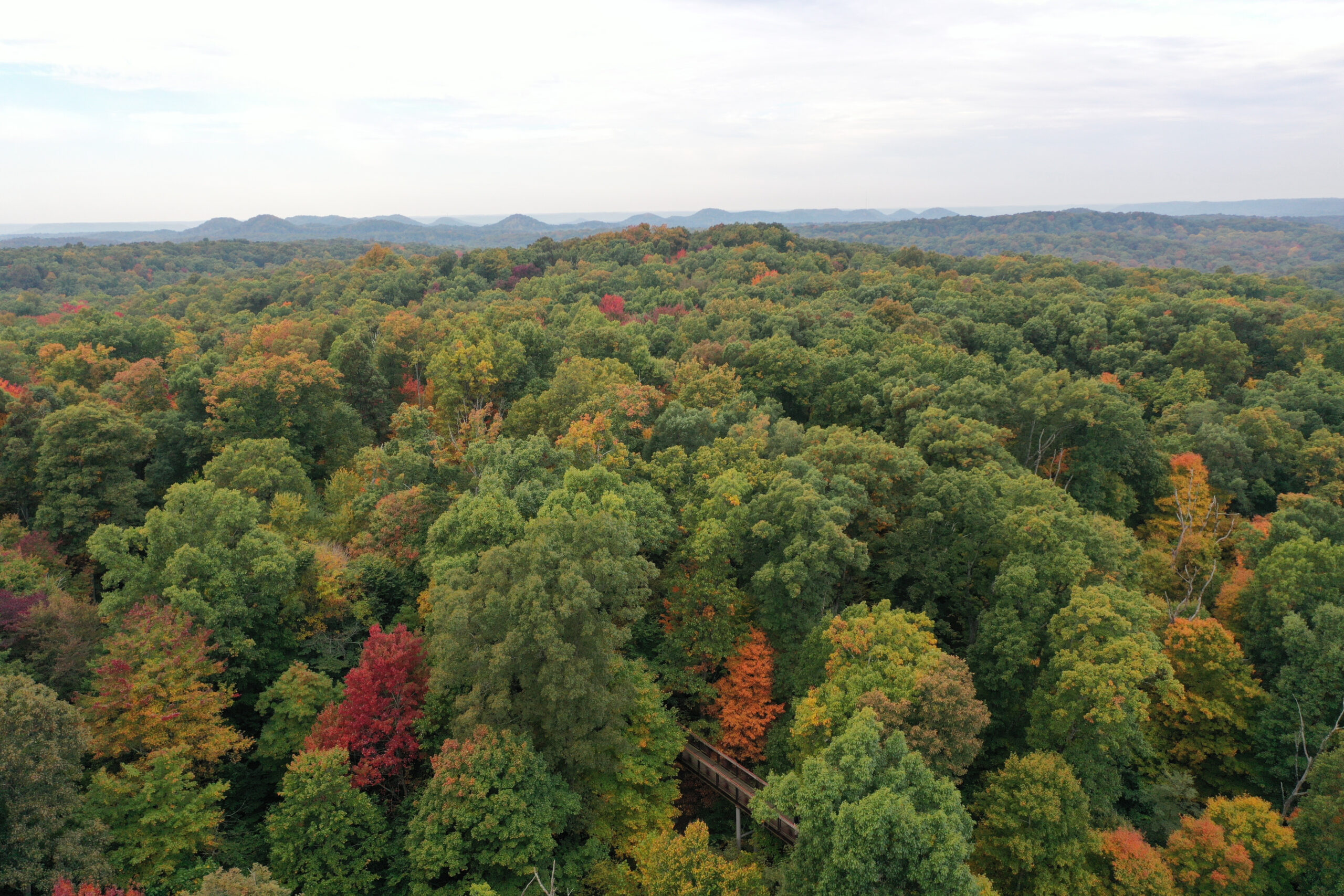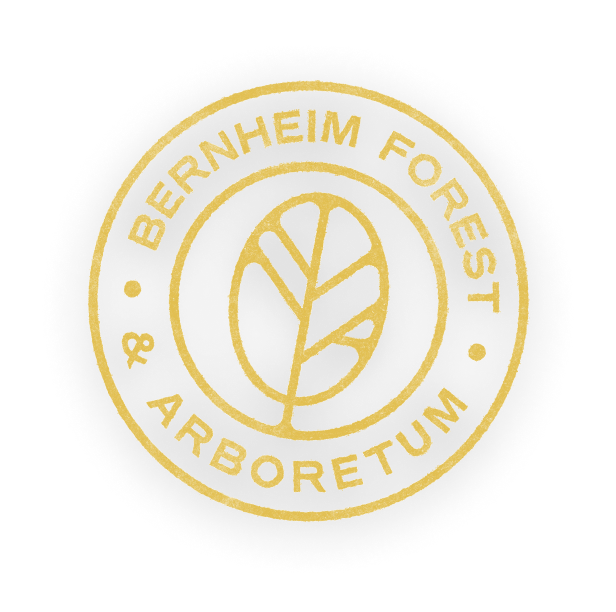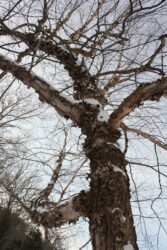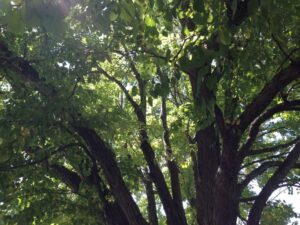 When you picture an arboretum, what do you see? Lush green trees? It’s now nearly winter, so most of those trees are leafless and brown. Like all of us, plants need time for renewal. For humans and plants alike, this time of rest is important for health.
When you picture an arboretum, what do you see? Lush green trees? It’s now nearly winter, so most of those trees are leafless and brown. Like all of us, plants need time for renewal. For humans and plants alike, this time of rest is important for health.
But that doesn’t mean there isn’t activity in the arboretum– inside our 600-acre arboretum, Bernheim’s horticulturists take advantage of dormancy to prepare for the future growing season. Pruning, mulching, plant propagation, plant label and accession tag repairs, plant sale planning sessions, invasive species removal, and tree and stump removal begin during the winter season.
Each year, we track arboretum specimens that are dead or declining and slate them for removal. When a tree is removed, we plant at least two trees to maintain and improve our collections. Like many forests in the United States, a large portion of our dead and declining trees are ash trees, which have been decimated by the Emerald Ash Borer, an invasive insect species.
Many of our winter activities help us to maintain our plant records and collections and to check in on the health of our arboretum. One way we’re able to do this is by a process called ground-truthing. Our horticulturists inspect the arboretum and confirm the location of each specimen, noting the presence of a plant ID sign, an accession tag, and overall plant health, and compare their findings to existing plant records. Whatever inaccuracies are found are corrected in our database. We then determine if a collection needs to grow or change in any way.
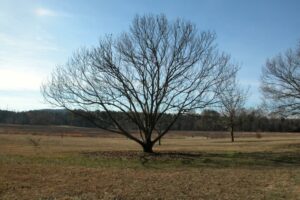 As part of this endeavor, we also update our plant labels. Most plants in our arboretum have two labels. An accession tag, generally found on one of the lower branches of the tree, which includes the scientific name, plant family, and specific accession number– a combination of how many specimens are in the series and the date they were planted. We also have the ID labels in the ground that identify plants for our visitors.
As part of this endeavor, we also update our plant labels. Most plants in our arboretum have two labels. An accession tag, generally found on one of the lower branches of the tree, which includes the scientific name, plant family, and specific accession number– a combination of how many specimens are in the series and the date they were planted. We also have the ID labels in the ground that identify plants for our visitors.
Another important aspect of managing an arboretum is making sure its collections are sustainable. Many people don’t realize that trees have a life expectancy, some as few as 50 years, and the collections need to be maintained and updated regularly. During the winter clean-up, our horticulturists take hardwood plant cuttings for propagation, in order to preserve and protect the genetic material in our arboretum. It is especially important that we do this for our rare and threatened plant species. We also use these cuttings in our nursery to cultivate plants for our annual Plant Sales, when visitors are able to take home plants that were propagated from the actual specimens in our arboretum.
Winter may be slow from a growing perspective, but from an arboretum management perspective, it’s anything but. The bald trees and slow growth allow us to prepare for the awakening next spring and many more to come.
